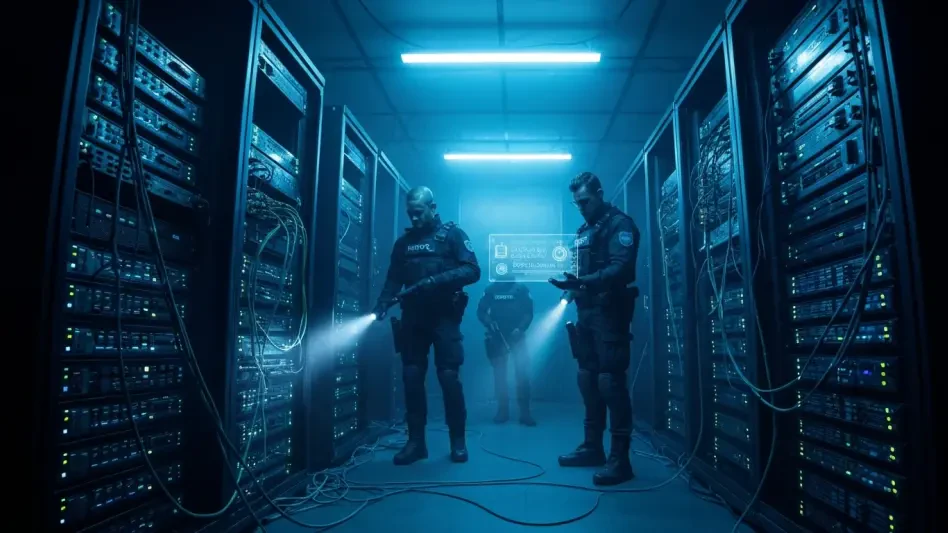The increasing sophistication of cyber-attacks in the United Kingdom has raised alarms across various sectors, with threats now extending beyond digital confines to incorporate physical dimensions. A significant rise in “nationally significant” cybersecurity incidents, as defined by the National Cyber Security Centre (NCSC), has been observed. These threats often target medium to large businesses and government agencies, underscoring their potential to disrupt essential services and operations. The recent CYBERUK conference highlighted over 200 incidents managed from September 2024 to May 2025, a dramatic increase compared to the previous year. Ransomware continues to pose a formidable threat, notably impacting prominent retailers including Marks & Spencer, Harrods, and Co-op, causing significant operational delays. These events have sparked discussions on the evolving nature of cyber threats and their capability to manifest in the physical world, suggesting that cybersecurity strategies must adapt to counter such multifaceted risks effectively.
Rising Incidents and Their Implications
The NCSC’s recent Annual Review revealed nearly 2,000 cyber-attack instances over the past year, with 89 classified as nationally significant, highlighting a worrying trend. Such incidents underscore the need for a robust cybersecurity framework because of their potential to impact national security comprehensively. Hostile nation-states, particularly China and Russia, remain prominent players in this arena, operating within the murky “grey zone” that lies between peace and war. This ambiguous operational space complicates efforts to contain cyber espionage activities, which now pose critical threats. Moreover, the intertwining of digital and physical tactics suggests that future cyber threats may not only aim to compromise data but also directly affect physical infrastructures, amplifying the urgency to enhance security measures. Hence, recognizing the nature and scope of these threats is pivotal for implementing timely defense strategies and ensuring business continuity amidst growing uncertainties.
Ransomware Challenges and Strategic Response
Ransomware, often deployed in attacks against high-profile targets, remains a key concern. The strategy of not paying ransoms suggests a broader approach to disrupt and weaken attackers’ business models by rendering such approaches ineffective. Public sector organizations are increasingly advised not to engage in ransom payments to undermine malicious entities economically. Analyzing recent ransomware occurrences, which have triggered significant operational disruptions in major retailers, offers valuable insights into attack methodology and prevention tactics. These incidents strengthen the argument for bolstering cyber defenses in anticipation of future threats, which may be of both digital and physical nature. Meanwhile, businesses are encouraged to develop comprehensive cybersecurity frameworks to safeguard crucial data, reduce vulnerabilities, and proactively protect against potential attacks. Collaboration across sectors and countries, combined with detailed threat intelligence sharing, can reinforce defense mechanisms and ensure resilience against increasingly complex threat landscapes.
Geopolitical Dimensions and Future Considerations
The increasing complexity of cyber-attacks in the UK has caused widespread concern, with threats no longer restricted to the digital realm but now affecting the physical world as well. The National Cyber Security Centre (NCSC) has reported a noticeable uptick in “nationally significant” cybersecurity incidents, focusing on medium to large companies and government entities. These incidents have the potential to disrupt critical services and functions. The recent CYBERUK conference emphasized the handling of over 200 such incidents from September 2024 to May 2025, a substantial rise over the previous year. Ransomware remains a serious threat, causing considerable operational delays for key retailers like Marks & Spencer, Harrods, and Co-op. This scenario has sparked discussions on the changing nature of cyber threats and their ability to extend into the tangible world, indicating that defense strategies must evolve to effectively tackle these multifaceted challenges that blend digital and physical elements.








